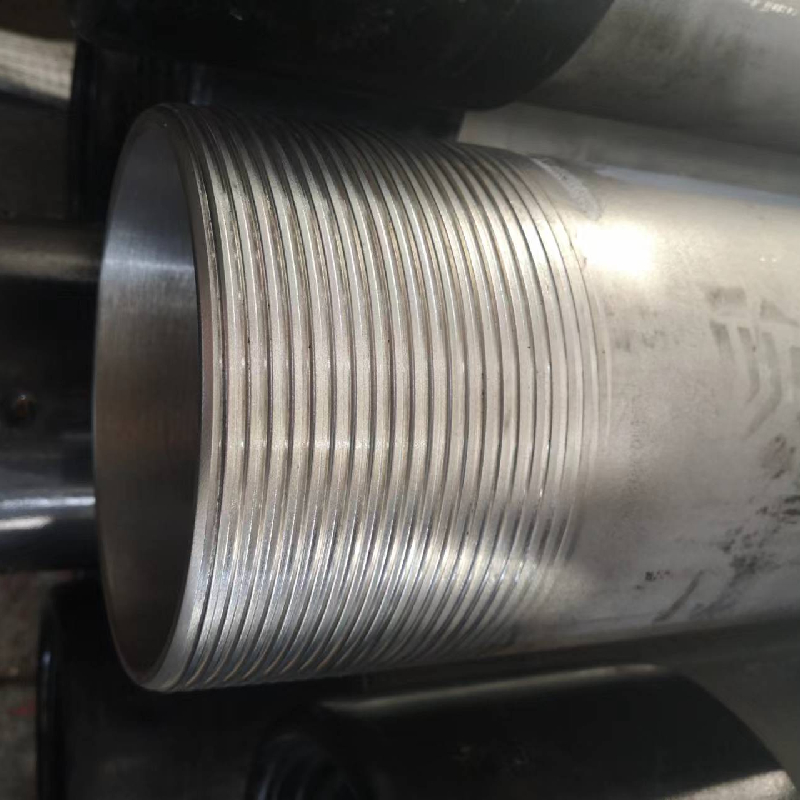- Afrikaans
- Albanian
- Amharic
- Arabic
- Armenian
- Azerbaijani
- Basque
- Belarusian
- Bengali
- Bosnian
- Bulgarian
- Catalan
- Cebuano
- Corsican
- Croatian
- Czech
- Danish
- Dutch
- English
- Esperanto
- Estonian
- Finnish
- French
- Frisian
- Galician
- Georgian
- German
- Greek
- Gujarati
- Haitian Creole
- hausa
- hawaiian
- Hebrew
- Hindi
- Miao
- Hungarian
- Icelandic
- igbo
- Indonesian
- irish
- Italian
- Japanese
- Javanese
- Kannada
- kazakh
- Khmer
- Rwandese
- Korean
- Kurdish
- Kyrgyz
- Lao
- Latin
- Latvian
- Lithuanian
- Luxembourgish
- Macedonian
- Malgashi
- Malay
- Malayalam
- Maltese
- Maori
- Marathi
- Mongolian
- Myanmar
- Nepali
- Norwegian
- Norwegian
- Occitan
- Pashto
- Persian
- Polish
- Portuguese
- Punjabi
- Romanian
- Russian
- Samoan
- Scottish Gaelic
- Serbian
- Sesotho
- Shona
- Sindhi
- Sinhala
- Slovak
- Slovenian
- Somali
- Spanish
- Sundanese
- Swahili
- Swedish
- Tagalog
- Tajik
- Tamil
- Tatar
- Telugu
- Thai
- Turkish
- Turkmen
- Ukrainian
- Urdu
- Uighur
- Uzbek
- Vietnamese
- Welsh
- Bantu
- Yiddish
- Yoruba
- Zulu
High-Quality Stainless Steel Couplings for Durable Connections
Understanding Stainless Steel Couplings A Key Component in Modern Engineering
Stainless steel couplings are vital components in various mechanical systems, playing a crucial role in connecting and securing pipes, shafts, or machinery. These couplings are favored in many industries for their durability, corrosion resistance, and ability to maintain structural integrity under fluctuating temperatures and pressures.
What are Stainless Steel Couplings?
Stainless steel couplings are fittings made from stainless steel that join two separate components, allowing for the transmission of torque or fluid. They come in various sizes, shapes, and designs to accommodate specific applications. Common types include rigid couplings, flexible couplings, and universal joints, each serving unique purposes based on the requirements of the system they are a part of.
Benefits of Using Stainless Steel Couplings
One of the main advantages of stainless steel couplings is their resistance to corrosion. Unlike other materials that may degrade over time when exposed to moisture or harsh chemicals, stainless steel retains its strength and appearance, ensuring longevity and reliability. This feature is particularly beneficial in industries such as food processing, pharmaceuticals, and petrochemicals, where sanitation and material integrity are paramount.
Moreover, stainless steel couplings can withstand high temperatures, making them suitable for applications involving steam or hot fluid transmission
. Their robust construction also allows them to absorb shock and vibration, providing a smoother performance in machinery and reducing the risk of damage.stainless steel coupling

Applications in Various Industries
Stainless steel couplings are utilized in a multitude of sectors. In construction, they are integral in plumbing systems, ensuring tight seals to prevent leaks. In the automotive industry, these couplings facilitate the connection of drive shafts, enhancing vehicle performance. Additionally, in the aerospace field, their lightweight yet strong properties make them ideal for various assemblies and mechanical systems.
Choosing the Right Coupling
Selecting the appropriate stainless steel coupling requires consideration of several factors, including the type of system, the materials being connected, and environment-specific conditions. It’s essential to assess the torque requirements and the potential for misalignment, as different designs cater to various operational needs.
Conclusion
In conclusion, stainless steel couplings are indispensable in modern engineering and manufacturing. Their unique properties and versatility make them suitable for a wide range of applications, contributing to efficiency and safety in numerous industries. Investing in high-quality stainless steel couplings ensures reliable performance and longevity, making them a smart choice for engineers and manufacturers alike.
-
Tubing Pup Joints: Essential Components for Oil and Gas OperationsNewsJul.10,2025
-
Pup Joints: Essential Components for Reliable Drilling OperationsNewsJul.10,2025
-
Pipe Couplings: Connecting Your World EfficientlyNewsJul.10,2025
-
Mastering Oilfield Operations with Quality Tubing and CasingNewsJul.10,2025
-
High-Quality Casing Couplings for Every NeedNewsJul.10,2025
-
Boost Your Drilling Efficiency with Premium Crossover Tools & Seating NipplesNewsJul.10,2025







